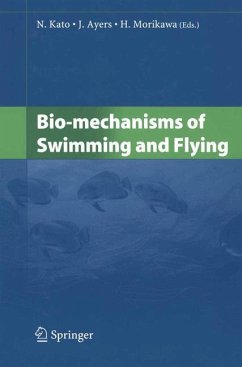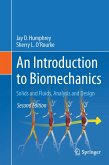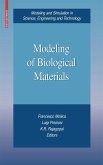The rich variety of mechanisms employed by swimming and flying organisms has long been an inspiration for engineers and scientists. Such is the range of nature's methods of locomotion that a whole new field of interdisciplinary collaboration on the possibility of utilizing this mechanical efficiency in better artificial mechanisms has developed. These areas of research, which form the basis of this volume, include the locomotive mechanisms of microorganisms, animals in flying and swimming, animal behavior models, and gill-breathing. The latest research into natural autonomous systems and locomotion in both flying and swimming organisms is reflected in the progress of interdisciplinary work in the fields of biology and engineering, yielding real-world benefits in better propulsion techniques. Finally, and at least as important as gains in mechanical efficiency, is the possibility that studying nature in motion may lead to new, environmentally friendly technologies.
Hinweis: Dieser Artikel kann nur an eine deutsche Lieferadresse ausgeliefert werden.
Hinweis: Dieser Artikel kann nur an eine deutsche Lieferadresse ausgeliefert werden.








